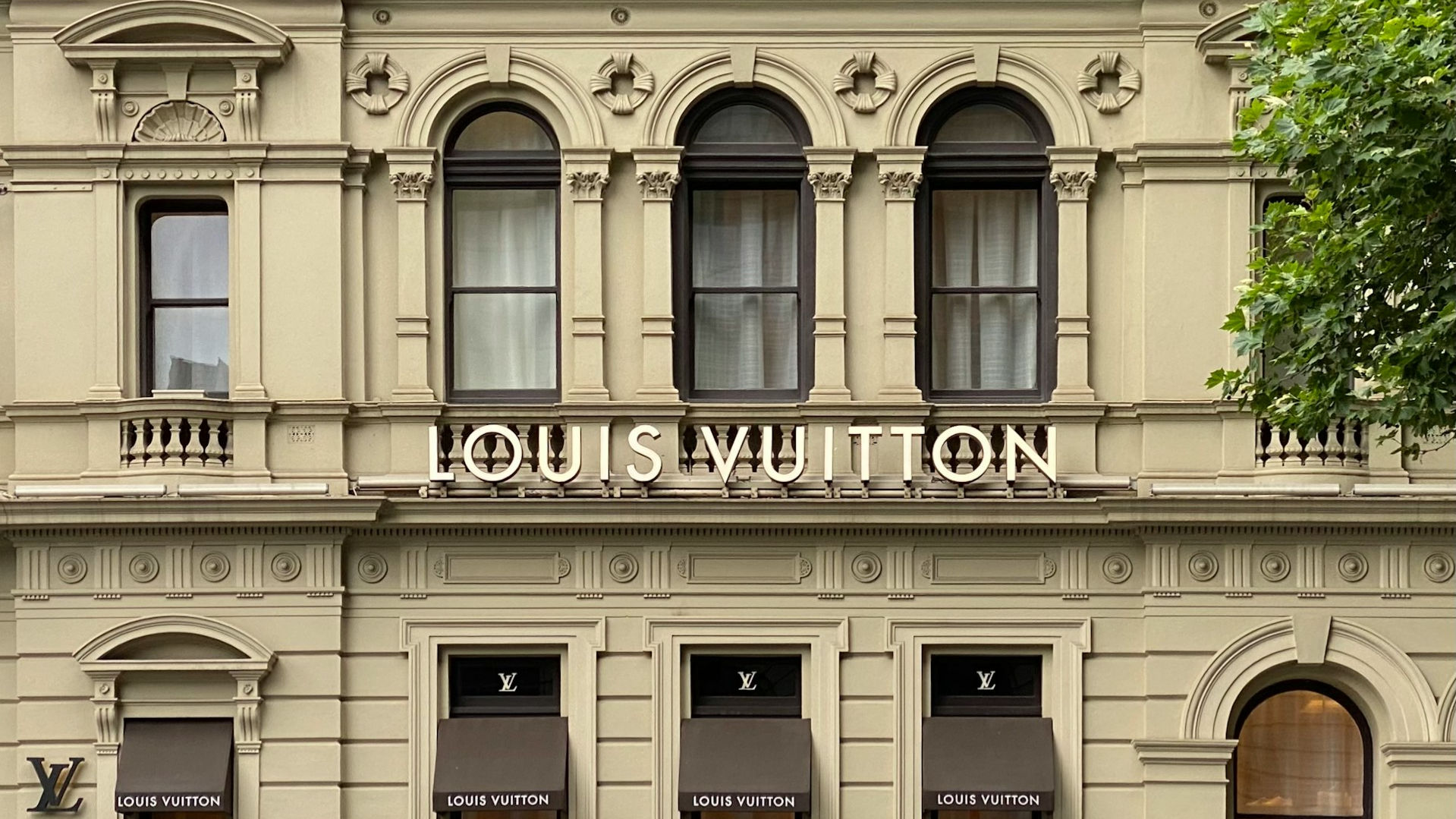Hell for leather. There are not many products that are more appealing if you know how they are made. This may be especially true for luxury goods made in Italy. Successive rulings by Milanese courts on problematic supply chains are a problem for a sector built on prestige and enigma, and may involve further blows to valuations.
A Milan court document from June He stated According to the indictment, subsidiaries of LVMH’s Christian Dior division had subjected workers, some of whom were illegal immigrants, to excessively long hours. It also said safety devices had been removed from machines to speed up operations. Prosecutors are meanwhile investigating the case. investigating the supply chains of a dozen unnamed luxury brands.
Dior says it has cut ties with the suppliers in question. And while the court alleges that the contractors charged the group just 53 euros ($57) to produce a bag that would later sell for 2,600 euros, it is no news that high-end luxury brands command high prices. That is one reason why LVMH earned a 70% margin after deducting the cost of manufacturing in 2023.
Still, luxury is in a tough spot. Weak Chinese demand has caused the earnings multiples of LVMH and rival Kering to fall sharply since 2021, and investors may increasingly wonder why barely more than 10% of the top fashion brands even reveal Italian court rulings this year, which forced Dior and Armani to have their companies temporarily run by a court-appointed administrator, suggest an additional headache: higher costs.
According to HSBC analysts, prices for personal luxury items in Europe have increased by 50% since 2019, so the average consumer might assume that their product is made by well-paid experts in pleasant conditions. However, the rise of fashionsee-now-buy-nowThe model, which requires shorter lead times between collections, runs counter to this and has arguably incentivised key players to cut production costs too much.
Many brands now release up to eight collections a year, compared with the two they traditionally launched. Meanwhile, LVMH and Kering spend around 40% of their revenues on marketing to improve brand visibility, by buying and renting prime real estate and paying influencers. The sector typically makes 40% of its products with suppliers it owns or controls directly, while another 30% is made through long-term partners who are considered relatively “safe.” The rest is where cost pressures may have encouraged some to turn a blind eye, according to one industry expert.
The saga is unlikely to cause wealthy consumers to ditch their handbags and fancy outfits anytime soon. But if the negative court rulings continue, LVMH and its rivals will increasingly face a choice. They can invest more in their supply chains by hiring nicer contractors and conducting more unannounced audits, which will eat into their margins. Or they can slow down the assembly line for collections. Neither option sounds great for their bottom lines — or their valuations.
Context news
Europe’s top asset manager Amundi and other investors in LVMH want the French luxury giant to take more aggressive steps to rein in its suppliers’ treatment of workers, after Italian prosecutors found sweatshop-like conditions at subcontractors of Christian Dior, one of LVMH’s flagship brands, Reuters reported on July 23. Italy’s Competition Authority (AGCM) said on July 17 it had launched another investigation into fashion groups Armani and Dior over alleged worker exploitation at their suppliers. In June, an Italian court had placed a company owned by the Italian unit of French fashion group Dior under judicial administration for outsourcing its production to Chinese companies that exploited workers. The Milan court ordered a one-year administration for Manufacturers Dior Srl, according to the ruling seen by Reuters. Italian prosecutors said Dior paid Italian subcontractors as little as 53 euros ($57) for each Dior bag assembled, selling the same style of bag in stores for 2,600 euros without implementing basic safety requirements, according to court documents reviewed by Reuters. Dior said it had cut ties with the suppliers in question, who only partially assembled the leather goods, and that reports of bags produced at “ridiculously low” costs were among “completely false” reports carried by the media.
Disclaimer:
The information contained in this post is for general information purposes only. We make no representations or warranties of any kind, express or implied, about the completeness, accuracy, reliability, suitability or availability with respect to the website or the information, products, services, or related graphics contained on the post for any purpose.
We respect the intellectual property rights of content creators. If you are the owner of any material featured on our website and have concerns about its use, please contact us. We are committed to addressing any copyright issues promptly and will remove any material within 2 days of receiving a request from the rightful owner.

